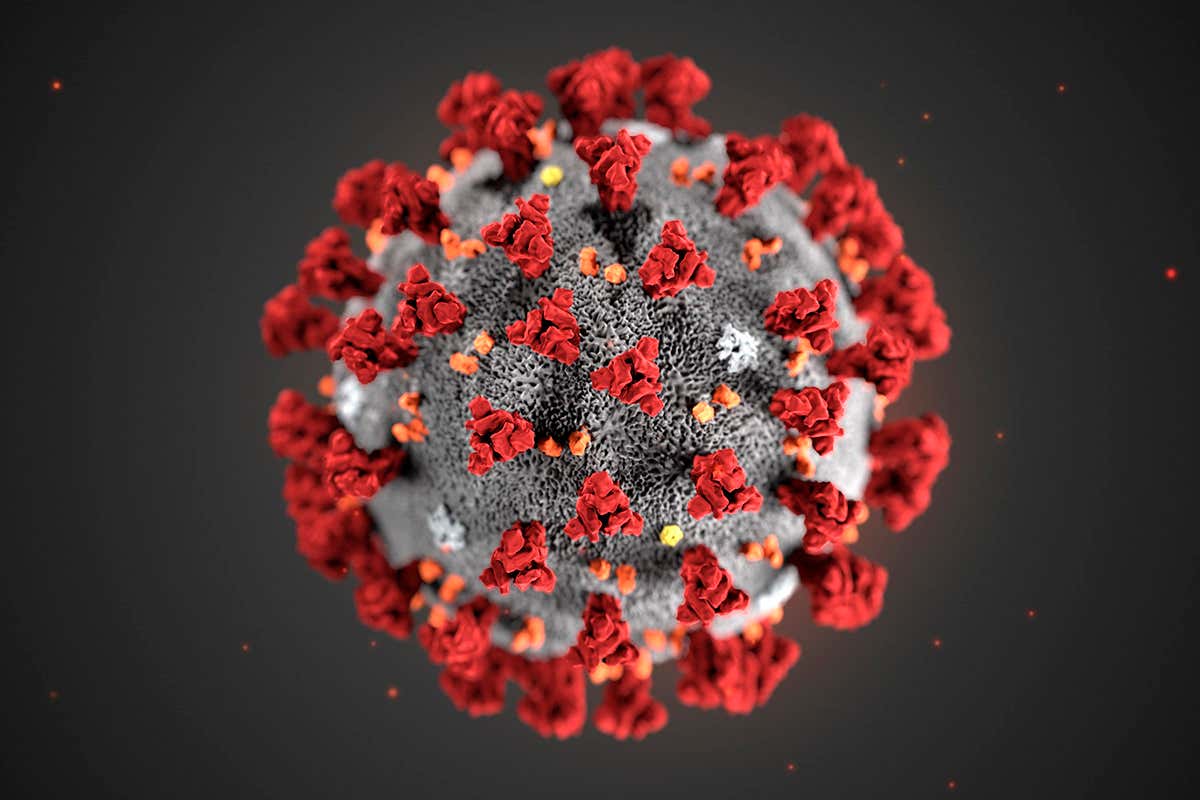The triggers of the crisis were the particular events or factors that touched off the events of 2007-09–the proximate causes, if you will. Developments in the market for subprime mortgages were a prominent example of a trigger of the crisis. In contrast, the vulnerabilities were the structural, and more fundamental, weaknesses in the financial system and in regulation and supervision that served to propagate and amplify the initial shocks. In the private sector, some key vulnerabilities included high levels of leverage; excessive dependence on unstable short-term funding; deficiencies in risk management in major financial firms; and the use of exotic and nontransparent financial instruments that obscured concentrations of risk. In the public sector, my list of vulnerabilities would include gaps in the regulatory structure that allowed systemically important firms and markets to escape comprehensive supervision; failures of supervisors to effectively apply some existing authorities; and insufficient attention to threats to the stability of the system as a whole (that is, the lack of a macroprudential focus in regulation and supervision).
The distinction between triggers and vulnerabilities is helpful in that it allows us to better understand why the factors that are often cited as touching off the crisis seem disproportionate to the magnitude of the financial and economic reaction.
- We still have a bloated system, because the Court used the wrong standard to create minimal space between people for their immediate welfare.
- We’re now dealing with lots of small systems that answer to lots of different masters and have different priorities and ideologies.
- We already have a lousy healthcare system behind bars, which could not be fixed even with the release of more than 30,000 people, and that was *without* a pandemic going on.
- We have gotten used to doing a “health vs. public safety” equation that doesn’t make sense and biases us against people who committed violent crimes at the wrong time and for the wrong reasons. In fact, we are so married to the idea that we can’t second-guess mass incarceration, that the newest preposterous suggestion has been to protect people from COVID-19 by… introducing private prisons into the mix.
What should we do about it? Follow the excellent roadmap that Margo Schlanger and Sonja Starr charted here, primarily point four: get over your icky political fears about public backlash and let older, sicker people out–even if they committed a violent crime twenty or forty years ago. If you are a governor or a prison warden with some authority to release people, do as Sharon Dolovich implores in this piece and use your executive power to save lives.



